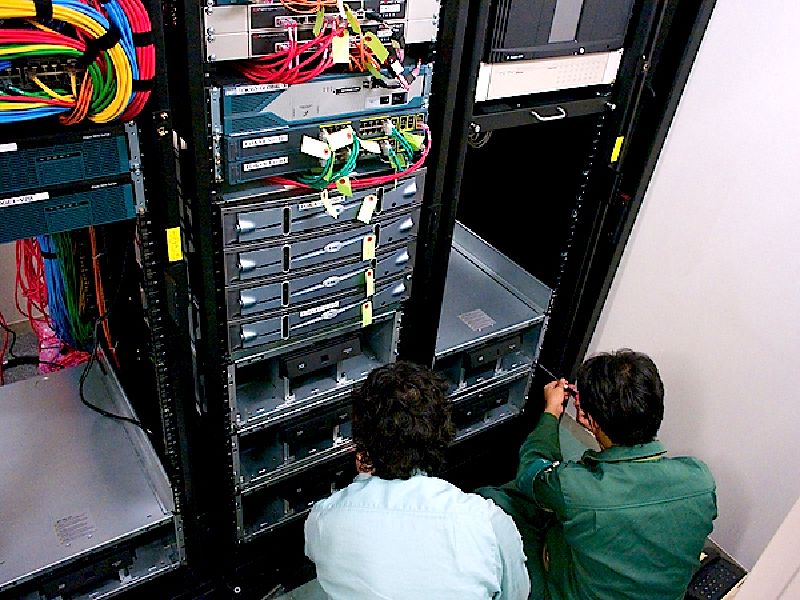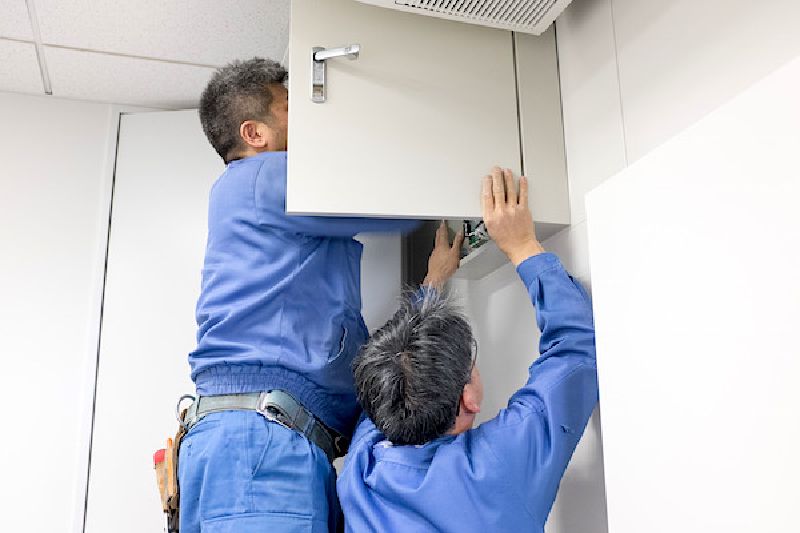Security
An inconvenient, necessary evil
Introduction
In the case of a large company, a security program is almost surely in place already, so eSolia can act as your “eyes and ears” on the ground in Japan, to audit, and carry out the wishes of HQ IT. A small firm or SME is more likely to need a security program implemented, and that is where we can really help.
Security Assessment
eSolia can assess and implement a comprehensive or partial security program across a wide range of aspects of daily security.
eSolia Security Program Focus
The following are eSolia’s focus areas for a comprehensive security program:
Assessing Security
- First-pass Overview
- Review Current Situation
- Identify Security Gaps
- Vulnerability Test
- Document Threats
- Review Findings & Recommendations
- Remediate Together to Mitigate Risk
Assessing Security
- First-pass Overview
- Review Current Situation
- Identify Security Gaps
- Vulnerability Test
- Document Threats
- Review Findings & Recommendations
- Remediate Together to Mitigate Risk
- Security Administration - all the administrative aspects of security, including information security organization, policies, procedures, roles and responsibilities, awareness, change controls.
- Physical Security - access control at your facilities, using imported systems such as Honeywell, or well-regarded domestic systems such as ALSOK or SECOM. Location analysis would be performed to give the best result.
- Network Security - measures for all aspects of the network including device security and patching, vulnerability and penetration testing, firewall and proxy deployment, encryption, security for email, website and voice systems, change control.
- Hardware Security - measures for anti-tampering and anti-theft, maintenance, and change control.
- Software Security - measures for software integrity, copyright and licensing, software maintenance and change control, anti-virus or other safeguards, database security, new system security.
- Media Security - measures for physical storage media (CD, DVD, USB, SD Card etc) and paper documents.
- Workstation Security - measures for computer operating system access controls such as user authentication (local or corporate directory), logging, data access.
- Disaster Recovery and Business Continuity - measures related to ensuring fault-tolerance and redundancy in systems and data, disaster impact analysis, failover and recovery testing.
- Security Systems - implement systems and measures needed to rectify any weak areas, such as password sharing systems, hard disk encryption, or secure file “vault” systems.
DRP in Disaster-Prone Japan
It’s especially important to implement a effective disaster recovery program in disaster-prone Japan, where earthquakes are a common occurrence. Here’s how we do it:
- Identify and agree business risks and key business activities.
- Design minimum systems (network, servers, office space and equipment, desktops and laptops) to allow continuation of key business activities.
- Implement project to build out disaster recovery site or sites, acting on client’s behalf to negotiate best pricing and SLAs.
- Perform training and test with business users, identifying problems and gaps.
- Remediate and re-test.
- Revisit periodically.
We can’t avoid or prevent earthquakes, tidal waves, typhoons or volcanic eruptions, but we can at least reduce their negative impact for your company.
Contact eSolia today using the form below, and get started.
Request More Information
Interested in getting our help with this service or solution? Please contact us today.



